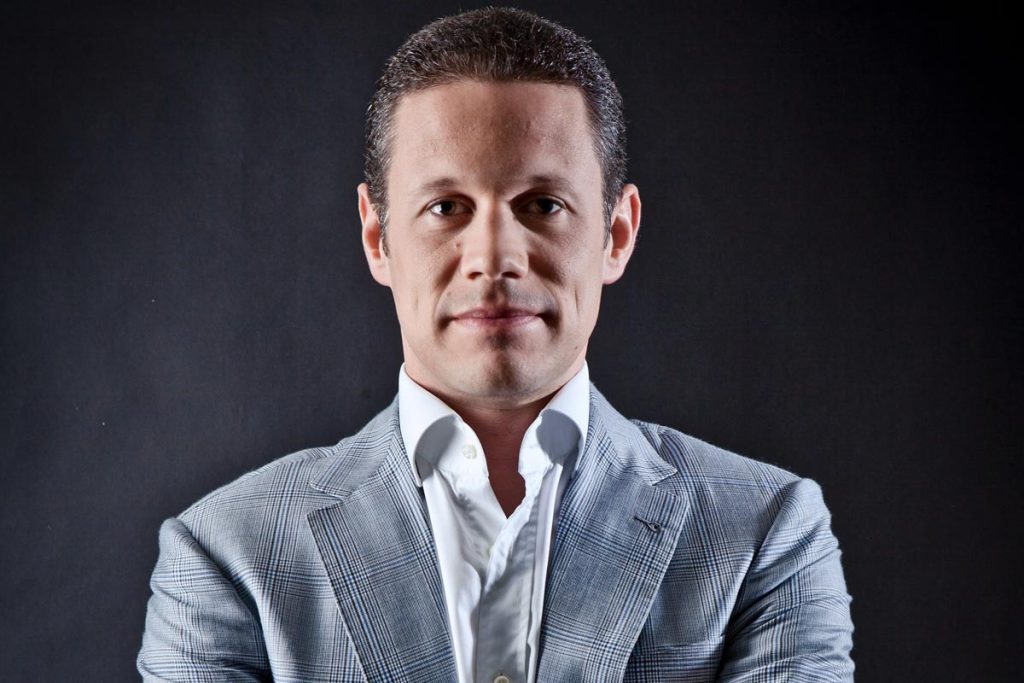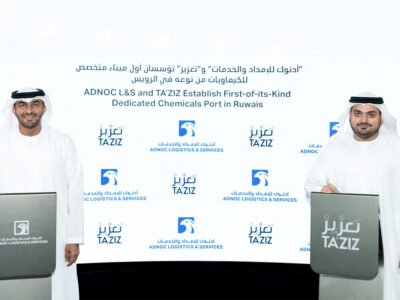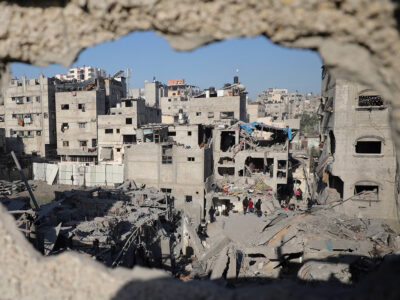GCC philanthropy could be a $210bn industry according to research conducted by the University of Cambridge.
Despite the difficulty in analysing the sector, the Centre for Strategic Philanthropy at the University of Cambridge forecasts a new generation of Gulf philanthropists will see the figure grow even further.
The report titled ‘Giving in the Gulf Cooperation Council (GCC): Evolving towards strategic philanthropy’ highlights the growing trend to seek sustainable, long-term systematic impact by embracing innovative, market-based practices and taking inspiration from other regions.
New generation eyes GCC philanthropy
Speaking at the launch of the report Badr Jafar, CEO of Crescent Enterprises and Founding Patron for the Centre for Strategic Philanthropy at the University of Cambridge, said: “As a new generation of philanthropists emerges that are embracing principles of strategic philanthropy that is more impact driven, we can expect philanthropy to play a greater role in shaping the future of our social and socio-economic landscapes in the years to come.
“This approach naturally demands more robust data and sound methodologies to inform and achieve impact.”
“Due to limited data surrounding communities in need, giving activities and measurement strategies are leading to the rise of organisations actively investing in data compilation to benefit the sector”, said Badr Jafar.
“Digitalisation is offering new opportunities to enhance philanthropy by enabling greater inclusivity of communities and donors, better insights and increased awareness which must be embraced to benefit all sectors and communities”, he said.

The report highlights the opportunities to maximise social impact by engaging in strategic giving. The majority of philanthropists interviewed during the study expressed their ambition to move towards strategic, structured, and institutionalised philanthropy underpinned by data and evidence-based methodologies for impact assessment.
“We have a very long history of charitable giving, and today an estimated USD 400 billion to 1 trillion is dispersed annually between Zakat and Sadaqa.
“The reality is we don’t always know where this huge pool of capital is going”, said Badr Jafar.
“With around two-thirds of the population in the Middle East classified as either living below the poverty line or vulnerable to poverty, the indications are we are not optimising the use of this capital to address our most urgent challenges.”
Read more about GCC philanthropy: How venture philanthropy is impacting giving in the Arab World.








